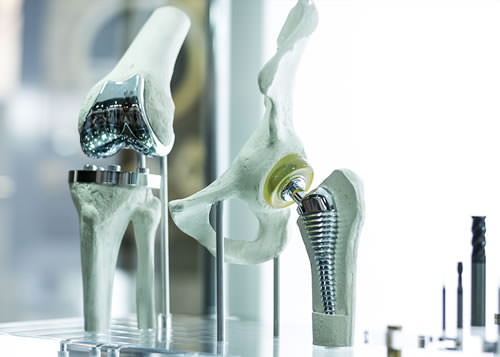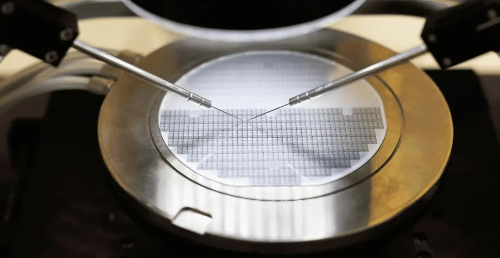What are the Biomedical Metals?
Biomedical metallic materials are metals or alloys used to diagnose, treat, repair, or replace diseased tissue in an organism to enhance or restore its function, which is used for the repair and replacement of hard tissues such as bones and teeth, for the repair of cardiovascular and soft tissues, and for the manufacture of artificial organs.
With the increasing demand in the global pharmaceutical market, biomedical metallic materials have been widely used. Biomedical metallic materials are metals or alloys used as biomedical materials, which have a high mechanical strength and anti-fatigue properties and are the most widely used load-bearing implant materials. Biomedical metallic materials are usually required to be able to serve in the human environment for a long time, which require not only good mechanical and physical properties, but also excellent corrosion resistance, biocompatibility, and good processing and forming performance.

Tantalum
Pure tantalum is a refractory metal with a solid-core cubic structure. It has a strong chemical activity and is covered with a passivated film under the physiological environment. The chemical properties of the film are very stable, which makes tantalum resistant to physiological corrosion and biocompatibility. Tantalum can be implanted into the bone to form the osseous union with the surrounding new bone, and the muscle and other tissue in the implanted soft tissue can attach to the tantalum rod and grow normally, without stimulation and toxic and side effects in the human body. Tantalum can be used to make bone plates, bone screws, implant roots and surgical sutures. Tantalum mesh can be used to repair muscle defects, and tantalum wire and tantalum foil can be used to suture and repair damaged nerves, tendons, and blood vessels. The unique surface electronegativity of metallic tantalum makes it have an excellent antithrombotic ability, which is applied in the endovascular stent and the artificial heart. Besides, tantalum can be used in implantable electronic devices, and its isotopes can be used in radiation therapy.
Niobium
Pure niobium is a refractory metal with a melting point of 2467 ℃ and a body-centered cubic structure. Niobium has excellent chemical stability and corrosion resistance, good processing performance and good biocompatibility with biological tissue. Its application scope is similar to medical tantalum, which can be used to manufacture intramedullary nails. However, niobium has been restricted in medical applications due to its source and economic reasons.
Zirconium
The melting point of zirconium is 1952 ℃. Under the normal temperature, pure zirconium is dense cubic structure, but it will translate into the body-centered cubic structure in the 862 ℃. The chemical properties of zirconium are similar to that of titanium, and it is easy to react with oxygen, hydrogen and other gases at high temperature to form a passivated film. Zirconium has good corrosion resistance, processing performance, and biocompatibility, and can be processed into various zirconium plates, zirconium belts, and zirconium wires. In clinical application, medical high-purity zirconium can be used with medical pure titanium, but the application of which in clinical practice is limited because of its high price.









